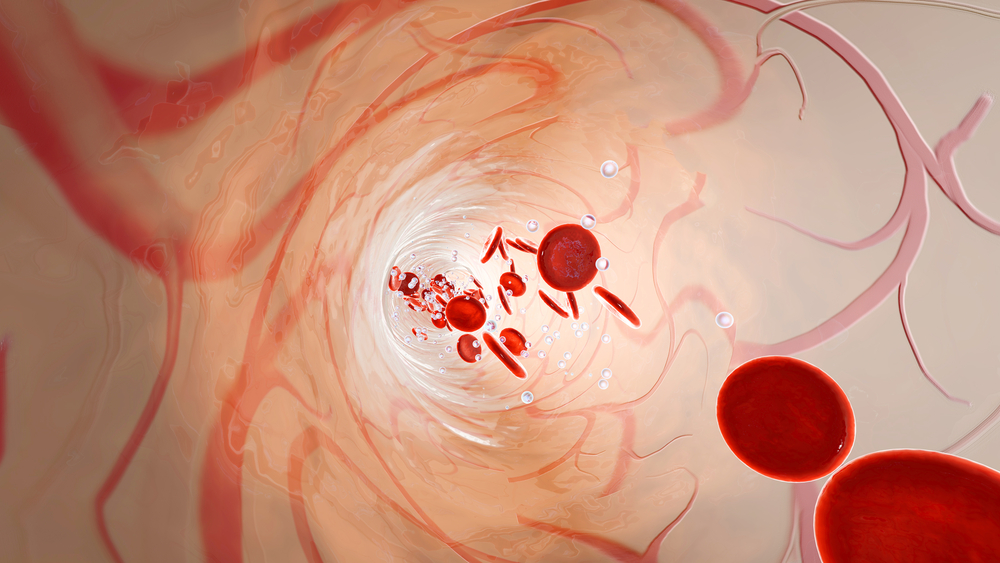How to Prepare for a Bone Marrow Biopsy When you Have Cold Agglutinin Disease
Written by |

A bone marrow biopsy may be necessary to determine whether a person with cold agglutinin disease (CAD) — a rare disorder in which the immune system produces antibodies against the body’s red blood cells — has cancer.
In CAD, the antibodies are triggered by drops in temperature to bind to red blood cells, causing them to clump.
Secondary CAD refers to the same disease when it’s caused by another condition, such as an infection or cancer.
Clinicians may order a bone marrow biopsy to determine whether a CAD patient also has cancer. Here is information on how you can prepare for this test.
What is a bone marrow biopsy?
A bone marrow biopsy is a test in which a small sample of bone marrow is collected for laboratory tests to determine whether the marrow is healthy.
The bone marrow contains stem cells that produce blood cells. In some types of cancer, these cells become abnormal, dividing more rapidly than they should, and producing cellular components — like cold agglutinin antibodies — that they should not.
How to prepare for a bone marrow biopsy?
The biopsy test can be performed at a doctor’s office, hospital, or clinic. There are no special preparations that you need to do before the biopsy. Just be sure that your doctor is familiar with all medications and supplements that you may be taking.
Bone marrow is usually taken from the hip bone. The physician will numb the area with a local anesthetic. If you are nervous, the doctor may give you a mild sedative prior to the procedure. A hollow needle is then inserted into the hip bone and a small sample of bone marrow is taken.
What happens after the bone marrow biopsy?
The doctor bandages the needle insertion site. Either the doctor or a nurse will discuss aftercare procedures with you to help you keep the site clean and free from any infections. You also will be advised of what signs to watch for that could signal a potential complication.
Most patients can leave within a few hours of the procedure. However, if you were given anesthesia during biopsy, it’s recommended that you have someone else drive you home.
There is usually very little bleeding during a bone marrow biopsy, and any bleeding should stop within a few minutes after the procedure. You may feel tenderness over the needle insertion site for a week or two.
A few days or weeks after the procedure, the doctor will meet with you to discuss the results of the testing and any treatment that may be necessary.
Risks and signs of complication for which to watch
A bone marrow biopsy is a generally safe procedure. Although complications are rare, they can include excessive bleeding, infection, and long-lasting discomfort at the biopsy site.
Keep the site bandaged and keep the bandage dry for 24 hours — don’t shower, bathe, swim, or use a hot tub. After 24 hours, you can resume bathing normally. It’s a good idea to refrain from vigorous exercise for a day or two after the procedure.
Contact your doctor or clinic if you have bleeding that soaks through the bandage and doesn’t stop with direct pressure on the site. If you have a fever, worsening pain, or swelling at the biopsy site, contact your doctor immediately.
Last updated: Jan. 14, 2020
***
Cold Agglutinin Disease News is strictly a news and information website about the disease. It does not provide medical advice, diagnosis, or treatment. This content is not intended to be a substitute for professional medical advice, diagnosis, or treatment. Always seek the advice of your physician or other qualified health provider with any questions you may have regarding a medical condition. Never disregard professional medical advice or delay in seeking it because of something you have read on this website.




